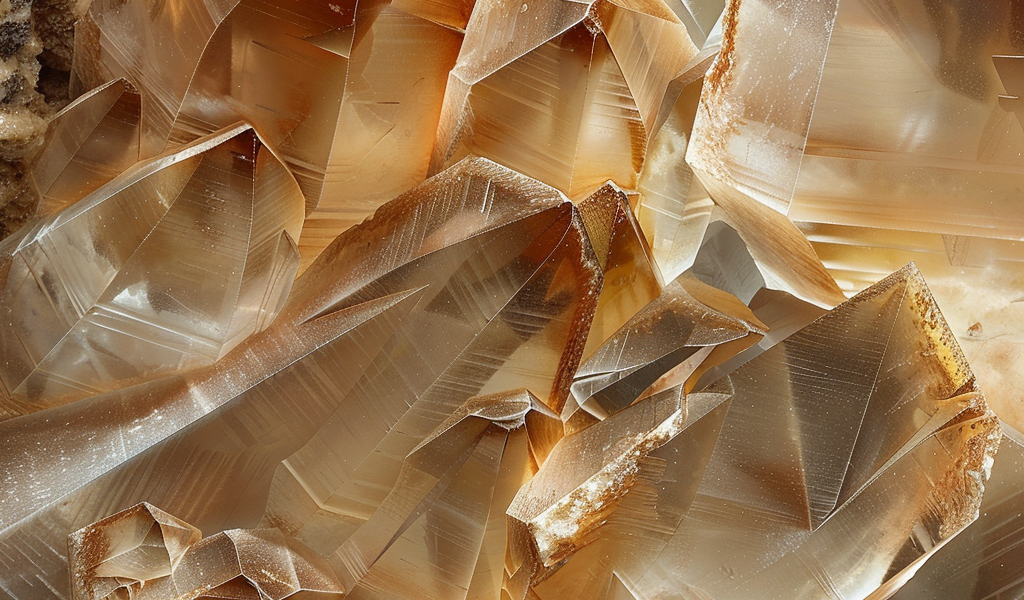Recent research has uncovered fascinating insights into the Earth’s ancient history through the study of the world’s oldest crystals found in Western Australia’s Jack Hills. These crystals, dating back up to 4.4 billion years, offer a glimpse into a time when the planet was surprisingly similar to its current state.
Geologists, utilizing machine learning techniques, have identified that a significant portion of these ancient rocks were actually sedimentary in nature. This discovery implies that over four billion years ago, the Earth possessed a substantial exposed crust above sea level, indicating a familiar landscape despite the vast time gap.
While physical remnants from the Earth’s early years are scarce due to continuous reprocessing of materials, the Jack Hills zircons have provided valuable clues to the planet’s evolution. These zircons, formed from magma that incorporated older rocks, have endured the test of time, surviving the erosion of surrounding sedimentary layers.
The significance of this finding lies in the revelation that the Earth’s transformation into its current form occurred relatively swiftly in geological terms. The zircons’ composition and origin shed light on the planet’s early stages, offering a unique perspective on its development.
Unlike igneous rocks, which form from cooling magma, sedimentary rocks require a water cycle involving exposure to the Earth’s surface. The erosion and deposition processes associated with sedimentary rocks indicate a dynamic environment with active geological processes at play.
Professor Ross Mitchell, a key figure in the research, highlights the importance of understanding the nature of the ancient rocks and their role in shaping the Earth’s geological history. By unraveling the secrets hidden within the world’s oldest crystals, scientists are gaining valuable insights into the planet’s distant past and the processes that have shaped it over billions of years.





